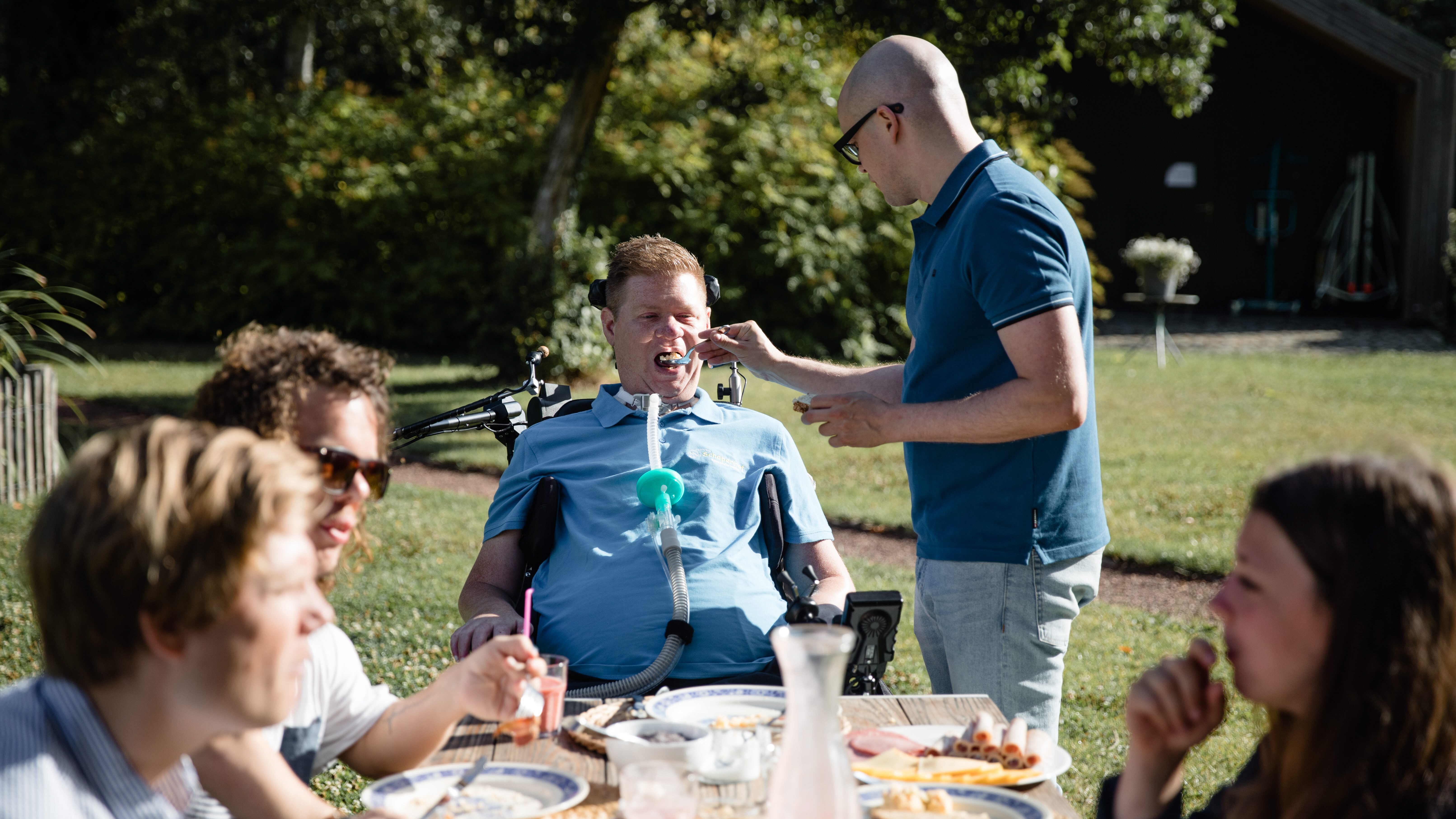By Anouk De Ridder (@Anoukx)
How a mix of human interest stories and humour generated acclaim from the media, audiences and politicians alike in Belgium.
In the Spring of 2018, Flanders’ public service broadcaster VRT aired Taboe, a new human interest and comedy programme with the tagline ’laughing at things you should not be laughing at’. Other media, politicians, and audiences responded rather apprehensively, not knowing what to expect from this programme and unsure whether to trust the production company and VRT’s reassurances. Questions were raised about whether comedy regarding topics such as physical disability, sexual orientation and skin colours was a good fit for Sunday evening programming. However, the programme became a hit. The mix of human interest and humour lured up to 1.7 million viewers and generated acclaim from the media, audiences and politicians alike.
Researchers at the University of Antwerp conducted a case study of Taboe to explore the potential of entertainment and comedy in stimulating social and civil citizenship, focusing on attributes such as mutual understanding and increased tolerance towards minorities. They found that the combination of humour with human interest created notable synergies.
In its efforts to analyse how humour and human interest could interact, the study found that humour provided the programme with a more positive tone than would have been possible relying solely on human interest. The programme showed how minorities often can appreciate jokes ‘at their expense’, as long as they are included in the joke, rather than laughed ‘at’. The jokes in Taboe were often targeted toward a ‘common enemy’; a topic, person, or group that both the minority and majority group alike already feel aversion towards, or are generally misliked by large groups, e.g. banks, official organisations, celebrities. The aim is to create ‘shared’ laughter and, thus, a connection between the participants on screen, who represent the minority, and the audience at home, mostly part of the majority.

“The aim is to create ‘shared’ laughter and, thus, a connection between the participants on screen, who represent the minority, and the audience at home,”
The programme furthermore included multiple interview scenes, in which popular comedian Philippe Geubels performs the role of interviewer. Contrary to his ‘direct’ image, Geubels shows himself as sensitive and understanding, offering participants a trusting environment to recount their personal stories and share experiences. Those experiences grounded the programme. In these scenes, the audience was provided with privileged insights, most likely unavailable to them in their everyday lives. This has been done before by many news, information and human interest programmes. However, those human interest scenes performed an additional role in Taboe, reaffirming the severity of the discussed topics, even if they were the target of or inspiration for jokes earlier in the programme.
"humour provided the programme with a more positive tone than would have been possible relying solely on human interest"
Together, humour and human interest combined into what the study calls ‘humour interest’. Human interest balances humour used in the programme, while humour removes some of the seriousness, potentially increasing a willingness to watch. Together, they could increase message acceptance. Taboe gave information and stimulated knowledge on topics that are rarely discussed in a positive tone. It used humour as a connector, which formed a new in-group, including both the minority and majority. The (possibly temporary) new in-group is comprised of all those informed about the taboo topic, or are at least willing to show tolerance and understanding. The new out-group consists of the unknowing outsiders, those who can or will not understand the minority’s plight or struggle, unwilling to try and, consequentially, remain intolerant.
“These people’s stories and struggles allowed audiences to interact with this from the comfort of their own home, almost like a rehearsal for real life.”

When discussing the public value or potential impact that Taboe created, the study highlights the potential of the programme to stimulate prosocial behaviour within this new in-group, promoting understanding and tolerance towards minorities portrayed in the programme. By combining favourable scheduling with a new format and likeable host, the programme obtained high ratings and a wide audience reach, across all age-groups. The audience tuned in on a weekly basis to be introduced to and connect with members from a different minority group that shared their unique stories. These people’s stories and struggles allowed audiences to interact with this from the comfort of their own home, almost like a rehearsal for real life. Audiences did not just watch, but made use of social media such as Facebook and Twitter, where VRT encouraged online conversation and debate.
Follow-up research will focus on the audience’s reception and evaluation in an attempt to understand more fully the relationships and interactions between watching, discussing, and potential behavioural changes resulting from watching the programme.
Anouk De Ridder is a PhD student on Television and Citizenship at the University of Antwerp.
All images courtesy of Sofie Gheysens
Related Posts
8th November 2018
Best of PSM | Climate Change – Politics and Actions
Climate change has been a thorny issue…


